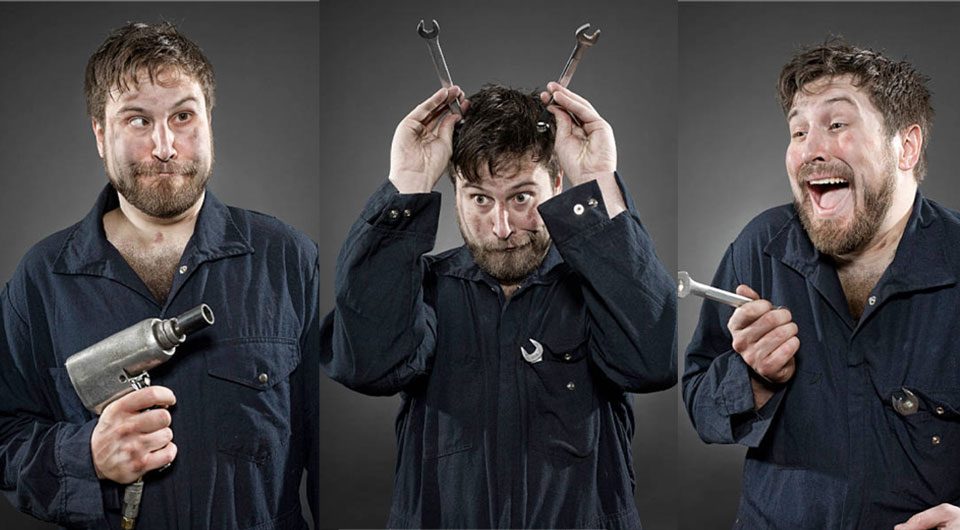By David Kushma
According to the latest research, car dealers are losing as much as $266 billion dollars a year in service revenue with a mind-boggling $15. 9 million per average new car dealership because customers either don’t trust them or it’s an exercise in inconvenience.
The latest findings from a Cox Automotive’s Service Industry Study, released last month, concludes that 70% of customers who purchased or leased a vehicle from a franchised dealership did not return for support in the past year. Facty is; they’d rather tale their chances elsewhere. Rates of satisfaction expressed by service customers with dealerships are about equal to indie repair shops, the research says.
Service visits to dealerships decline as vehicles age which quite frankly is contrary to what you’d expect, but, it’s the reality. Dealerships continue to lead third-party rivals in their overall share of program visits, the study notes, but client satisfaction and loyalty are falling among all providers. The study suggests that the solutions to this money-bleed include; allowing service customers to pay their bills online, schedule service appointments on mobile devices, have the dealership pick up and then deliver serviced vehicles to a customer’s home or even workplace, and repair cars and trucks outside the shop, the study says. Cox Automotive would like you to know that they provide dealerships with software brands such as Xtime, which processes service appointments and is designed to improve other aspects of fixed operations.
“Dealers have to figure out how to get your vehicle to the service, or your service to the vehicle,” Jim Roche, vice president of marketing and managed services at Xtime, told Fixed Ops Journal. The Cox study suggests that most service clients are willing to pay more and drive further for a better service experience, Roche adds.
The study identifies 5 opportunities for franchised dealerships to develop their strengths and attract and maintain service customers:
- Conquer a vehicle owners’ reluctance to return to the dealership for service by picking up vehicles for repair and maintenance, and then delivering the fixed vehicles back to the owners, as well as providing mobile service away from the dealership.
- Giving customers a more specific idea of how the amount spent on service helps to maintain a vehicle’s value, and providing them the trade-in value of their car or truck when they bring it in for service.
- Making service customers more aware of their capability to schedule appointments on the dealership’s site. About one in five car dealership service visits are scheduled on the web. Among customers who don’t book appointments online, more than one-third don’t know that this is an option, the study says.
- Providing price ranges for services, including those of competitors, on the website. The majority of consumers say they would choose a car dealership for service over a competitor if this gave cost estimates during on-line scheduling, the study says.
- Enabling service customers to use the particular dealership website to monitor their vehicles’ service history and get recall notifications, service reminders and maintenance suggestions.
Roche states the way dealerships provide service may be “changing under our feet.”
Service clients, he says, “don’t want the lowest price — they want a fair price and a good service experience.” Younger customers are the most dissatisfied with dealership service and especially want to do service business online, he adds.
The Cox study cites Temecula Hyundai in California for an example of a dealership that provides a customer-centered service experience and disdains excessive upselling. Its director of operations, Steve Nicholson, describes his shop’s philosophy: “Rather than take a great deal from a few, we want to gain just a little from a lot. We want to see the client more than once.”
The study is based on surveys of three or more, 550 dealership service customers plus 404 dealership employees involved in set operations.


